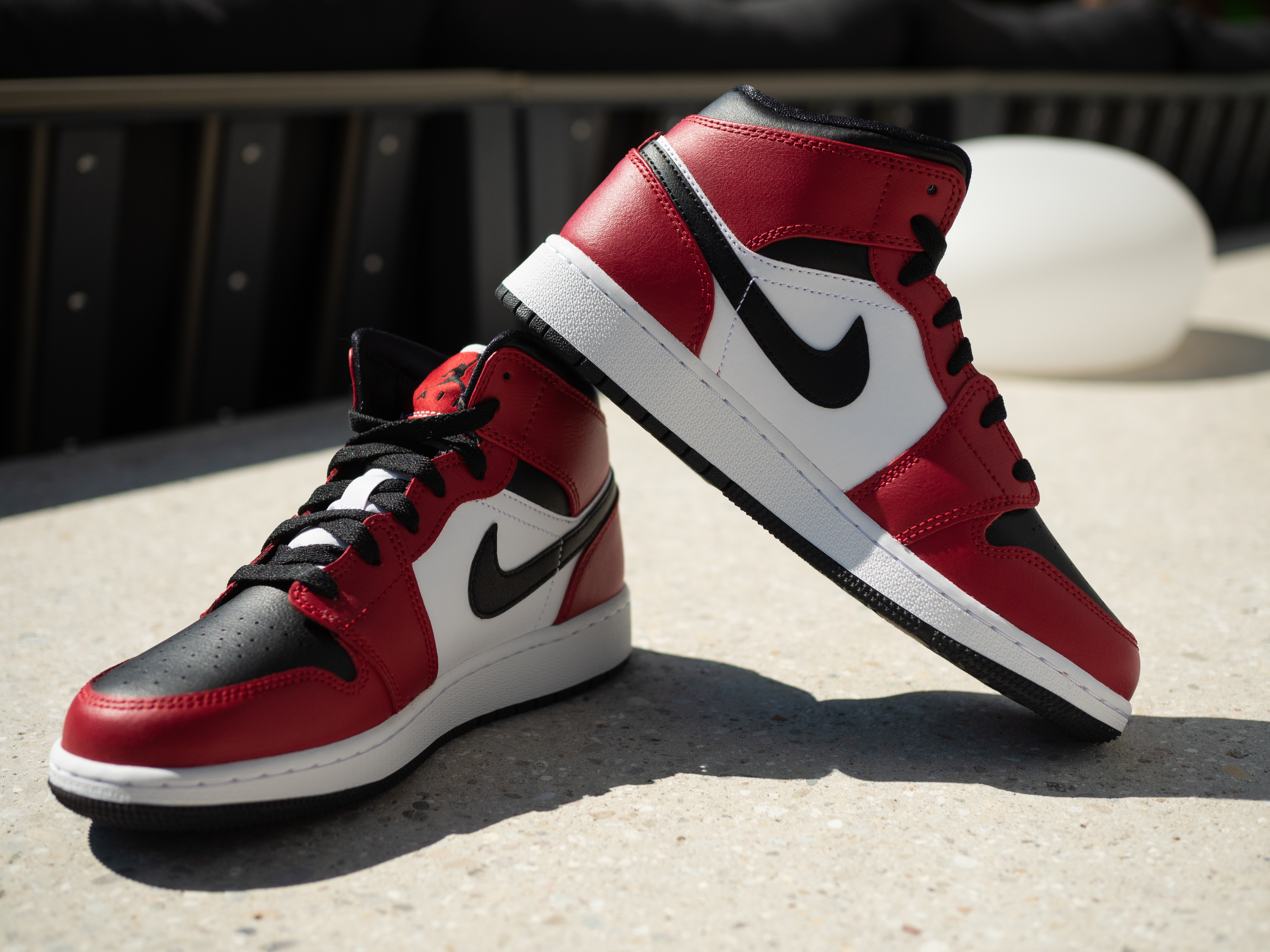Last week, Nike filed trademark papers to protect their iconic logos (the swoosh and the “Jumpman” Air Jordan) and slogan (“Just Do It”) in digital spaces.
Indeed, the trademark application protects these assets as “downloadable virtual goods” for use “online and in online virtual worlds.” Whether this is a purely defensive move to stymie digital imitations of their goods or Nike actually intends to sell its goods in digital spaces remains to be seen, but all indications are that Nike will sell digital versions of its merchandise.
According to the paperwork, these items will include headwear (hats), eyewear (sunglasses), backpacks, sports equipment, and of course, shoes.
So, what’s Nike up to? How and where do they plan on selling this, and what has them thinking about the digital future before most other industry players? And, ugh, how does this all fit into the metaverse?
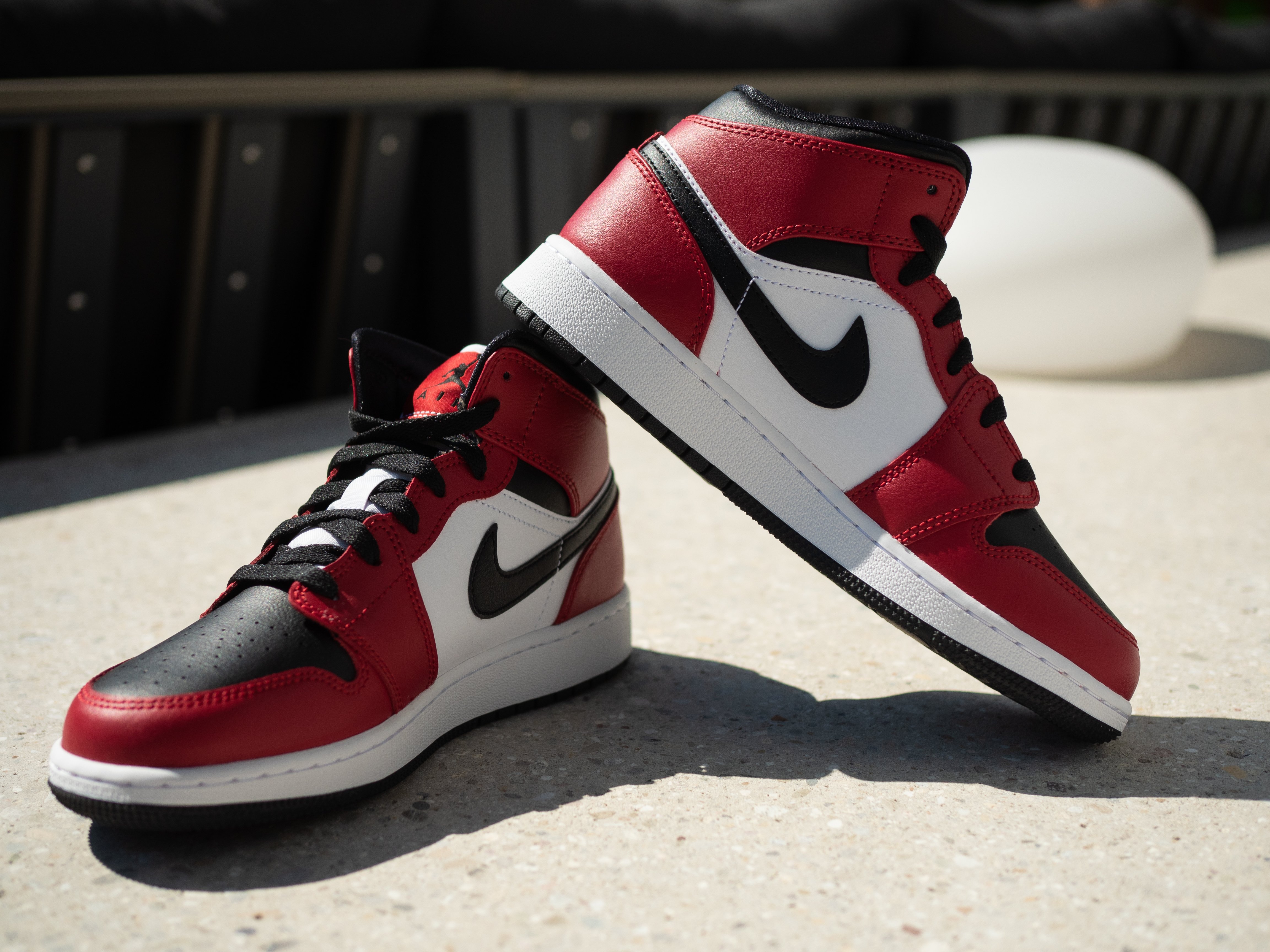
We are putting in the fashion market research to better understand Nike’s recent past, current state, and future aspirations as it signals the early stages of an entirely digital market. So go ahead and lace ‘em up with your hands (that joke will make more sense in a bit) and let’s get moving.
Nike’s Recent Past Has Been About Preparing for the Future
Nike has proven ahead of the digital curve—anybody paying attention knew that this type of trademark application was coming.
In 2019, they filed a patent for “CryptoKicks,” an app that will provide users with a NFT verifying the province of their limited-edition Nike sneakers. It would essentially be a digital proof of authenticity attached to a shiny NFT.
In our recent NFT blog, we broke down the need for this type of product: “The Nike example, in particular, shows how much room NFTs have to grow. We have long needed some kind of digital proof-of-ownership and authenticity for tangible physical objects, particularly for those often subject to forgeries like Hermes bags or Patek Philippe watches. For people eager to prove the province and uniqueness of their purchases, NFTs offer a secure means of doing so.”
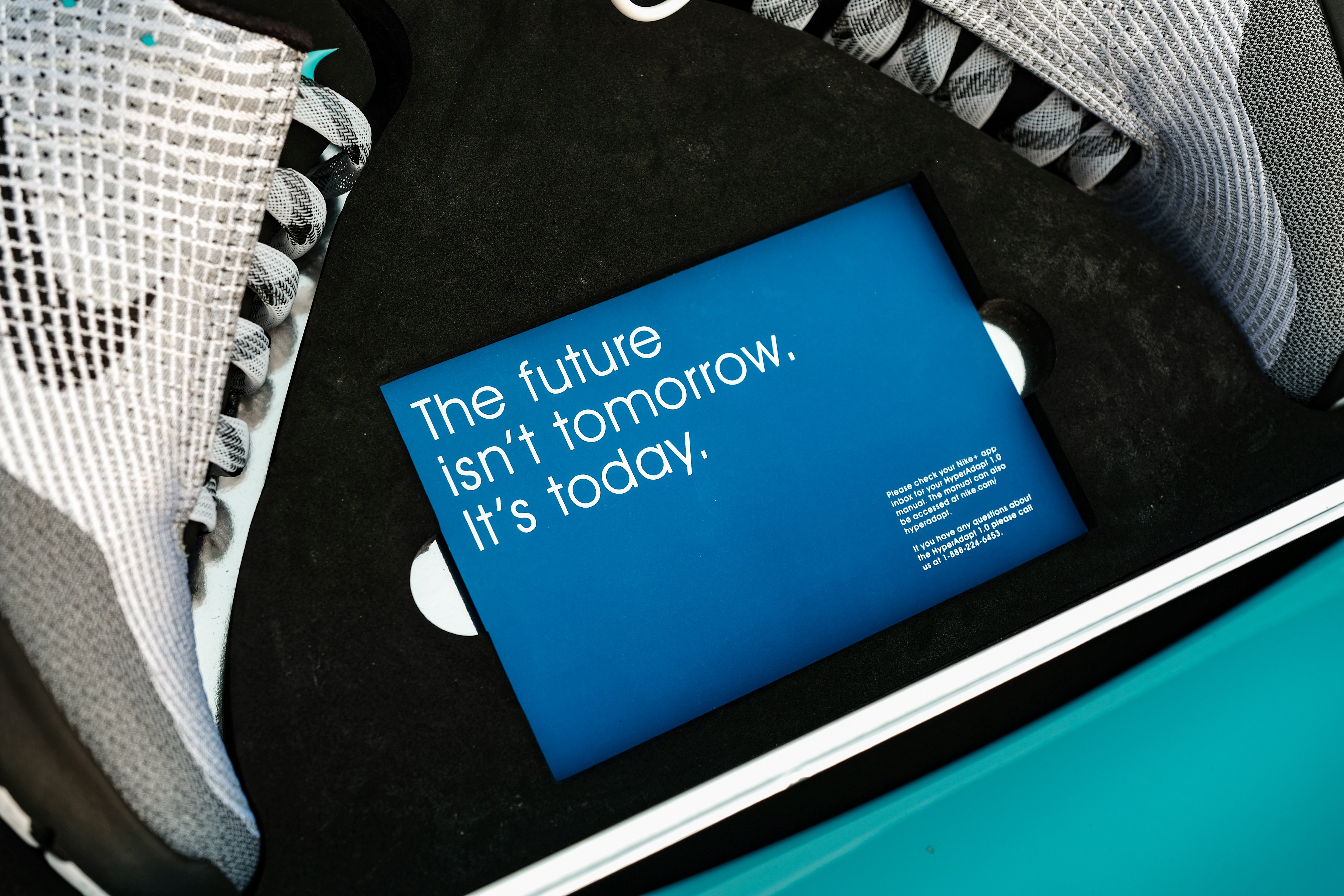
Of course, you can’t just attach the word “digital” to a project and make it an overnight success…or even make it make sense. Consider Nike Adapt, a smartphone connected set of…wait for it…shoelaces. Yup, that’s right. Using an app, consumers can use their phone to tighten or loosen their shoes, transitioning from “performance” to “relaxation” and can even have their own custom shoelace settings.
Forgive us if we don’t see the appeal.
Nonetheless, with CryptoKicks and Nike Adapt, the company was laying the groundwork for its brand’s digital future.
Nike Wants to Dress Your Video Game Characters
So, where and how would Nike sell digital representations of its shoes? There are two answers, one for today and one for the semi distant future.
Today, Nike would like to sell digital goods within specific games. Two games in particular, Fortnite and NBA2K, seem particularly fertile ground for this experiment. Both games allow users to build characters through playing time and online transactions, and both have a shared competitive environment in which sporting a pair of digital air Nikes is seen as something of a flex.
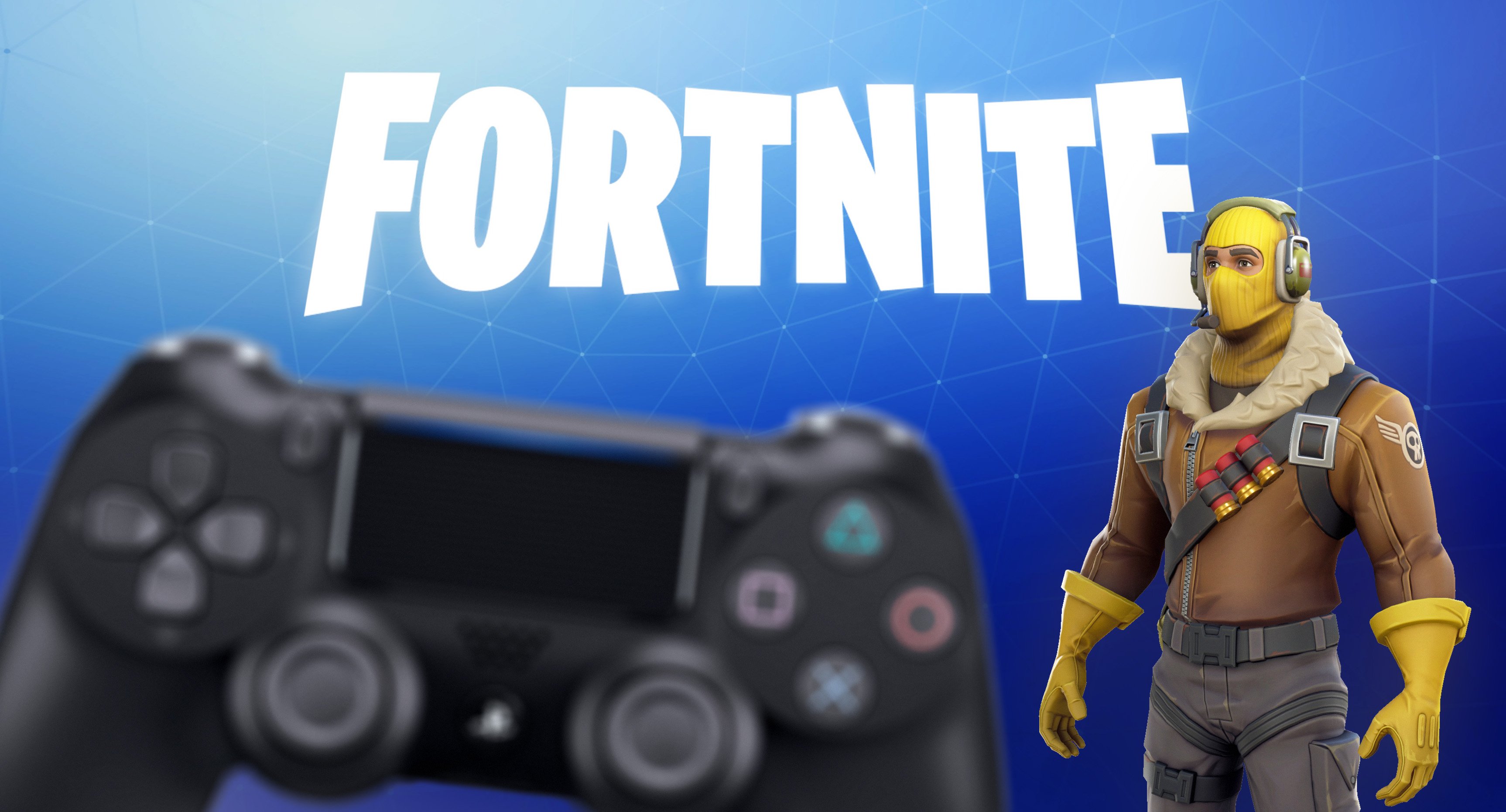
In fact, two years ago in May of 2019, Nike partnered with Fortnite to make character skins (video game speak for their clothing/costuming) featuring Nike sneakers. It was wildly successful. Partnerships with celebrities like Travis Scott and Lebron James would prove even more successful—I don’t play Fortnite, but I would buy a digital version of the Travis Scott Air Jordans in amount of time it takes to click “buy now.”
Josh Gerben, a longtime trademark attorney, understands the digital push. “Virtual worlds are a new frontier,” he said. “It will probably become a revenue stream for Nike.”
Nike’s Metaverse Goals
So, we assume that’s the plan for today. As for the future, Nike is likely situating its place in the metaverse.
Yup, that’s right, the thing you only used to hear about in Neil Stephenson novels and that Ready Player One movie, the thing Mark Zuckerberg wants to spend billions to develop. The metaverse is a a shared digital world in which people socialize, game, shop, and will likely engage in some very adult things as well.
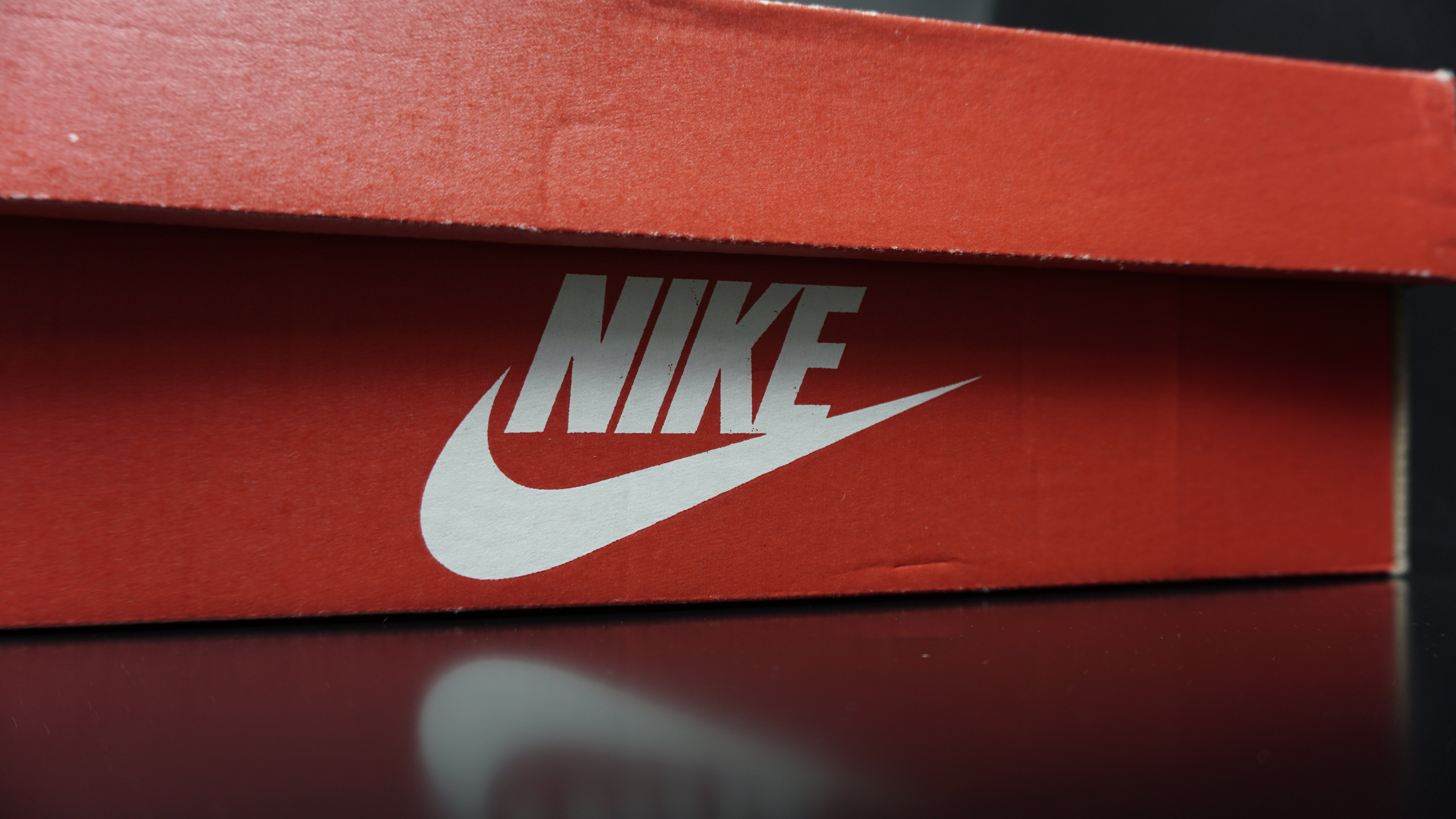
Nike would like to operate its own DTC storefront in this digital space, attaching IRL shoes to their digital representations. You order a pair of shoes, receive an NFT that allows you to wear those shoes across the metaverse, and also receive those shoes in a box on your doorstep. Obviously, in such a world, brands with cultural and social cache in the real world are likely to thrive.
But this is still very far away. Even the most optimistic metaverse proponents acknowledge that it will take 20-30 years for the necessary technologies and infrastructures to be invented and built.
Before we all plug in to the Matrix, however, there are likely to be online and virtual developments that will incrementally expand Nike’s reach.
For example, there will likely come a day where brands can sell digital skins directly to consumers for use across different video games produced by different gaming companies. Right now, your Fortnite skin stays in Fortnite, period. Your NBA2K digital basketball shoes is only useable on the NBA2K court.
Confused? Think of it this way: Let’s say that Nike sells a limited-edition digital version of Air Jordan’s iconic collaboration with Dior—the shoes that set the internet on fire only one year ago. A consumer could purchase this skin and use it in Overwatch, in Halo, and even in Animal Crossing.
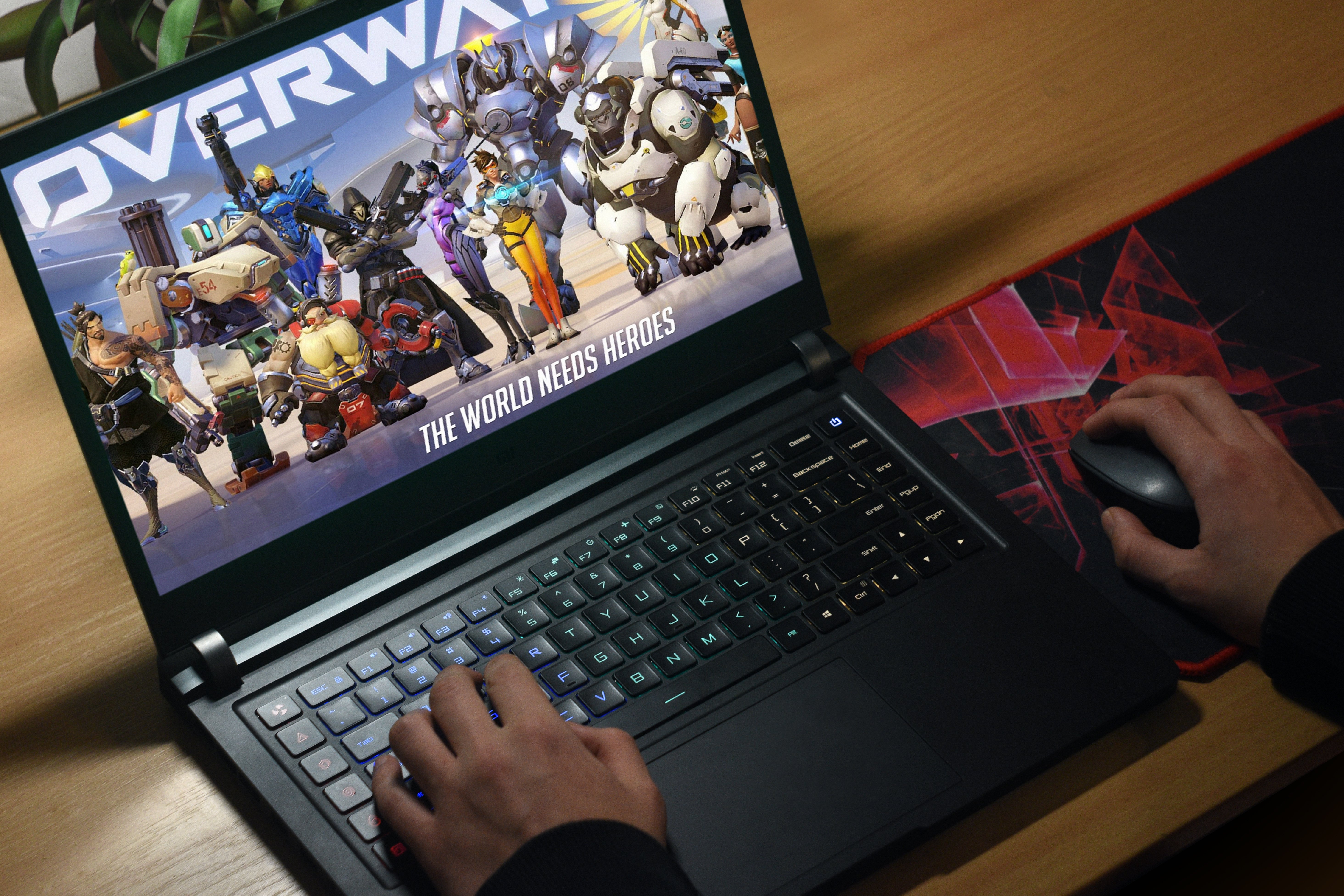
However, just like the metaverse, this type of development is still at least a decade away. Gaming is one of the most competitive industries in the world with different studios aggressively competing for market share (time on server). Getting all these different studios to the table and getting them to agree to allow in-game items that were not purchased in-game, well, that seems like a tall order for now.
But as the metaverse begins to develop, these are the types of opportunities Nike will expect.
Fashion Market Research: Supply Chains, Market Expansion, and Our Virtual Future
When considering Nike’s present and future, there is one key advantage of selling digital goods that is obvious but perhaps easy to forget: digital goods are not affected by supply chain issues in the same way physical ones are.
Nike, like nearly every other manufacturer and retailer, has been hit with significant supply chain challenges. In fact, with COVID-related factory closures in Vietnam, Nike will likely lose up to 160 million pairs of shoes this year. But you don’t need raw materials and factory labor to make digital shoes.
Throw in the fact that the digital goods market is likely to expand exponentially, and it is easy to see where Nike’s head is.
Of course, they won’t be the only fashion/apparel company exploring this future. Earlier this year, at the tail end of Animal Crossing mania, Gucci collaborated with North Face for character skins inside the game. And on the NFT front, last month Dolce & Gabbana sold an NFT of its fall collection for $5.7 million.
There is a market for this, and it is only going to grow. Who knows what the next generations of the internet and virtual world will look like? But if you will allow me to get sci-fi futurist: if we all retreat to our domiciles and stay locked into the metaverse for 16 hours a day, people may not even need shoes for practical purposes anymore. There will be nowhere to wear them.
With its trademark application, Nike will be ready.
